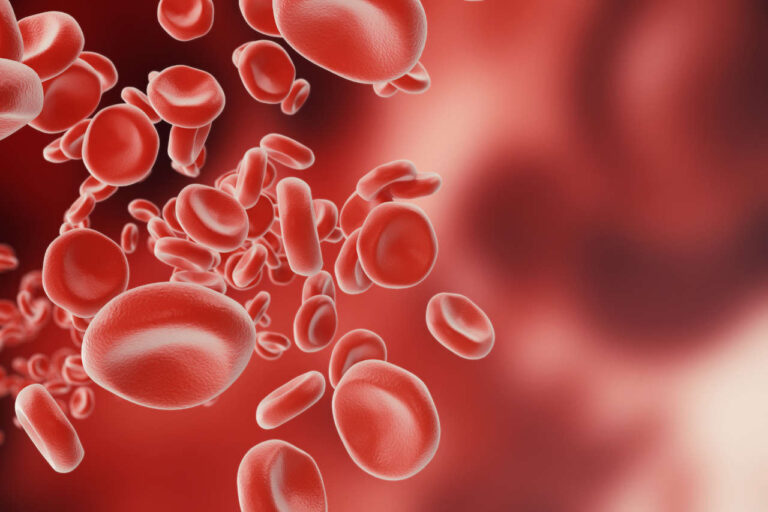
Fasenra is an injectable prescription drug with the active substance, benralizumab. It is approved for treating eosinophilic asthma in adolescents (children aged 12 years or over) and adults. In people whose asthma is not controlled by their existing asthma drugs, Fasenra is used as an add-on therapy.
Speak to a Specialist
About Copay AssistanceIt is frequently used with other asthma medications (inhaled corticosteroids) to treat asthma symptoms, including wheezing and shortness of breath, and to avoid asthma episodes (flare-ups).
Fasenra can only be obtained via doctor’s prescription and is available in solution form for injection purposes.
Is There a Generic for Fasenra?
There is no biosimilar (generic) of Fasenra. It is only available in brand form, making the medication expensive, even with insurance.
What Is It Used To Treat?
Fasenra has only been approved to treat eosinophilic asthma; it has not been approved to treat other eosinophil-related illnesses or severe acute asthma, such as acute bronchospasm or status asthmaticus.
Patients with eosinophilic asthma (EA), an uncommon but severe form of asthma, frequently have a disproportionately high quantity of eosinophils in their blood and phlegm (thick mucus) in their lungs. Eosinophils are the kind of white blood cell that ordinarily fights off infection-causing germs.
In the case of eosinophilic asthma (EA), however, the activation of too many eosinophils by typical asthma triggers produces inflammation and swelling in the respiratory tract, resulting in difficulty breathing and asthma attacks.
How Does Fasenra Work?
Fasenra works to reduce the number of eosinophils and improve asthma symptoms. The active component, benralizumab, is a monoclonal antibody (IgG1) and is designed to attach to the surface receptors (interleukin-5 receptors) of eosinophils. Fasenra activates the natural body’s defense mechanism (immune system) after attaching to the surface receptors.
Once activated, the immune system destroys eosinophils in the blood and lungs. As a result, the number of eosinophils and inflammation are reduced, and symptoms are improved.
How Long Does It Take To Work?
Fasenra works within 24 hours. A significant reduction of eosinophil levels in the blood was observed in patients after taking the medication. Moreover, the symptoms of asthma exacerbation started to reduce and lung functions improved after 4 weeks of Fasenra treatment.
However, if a patient has severe eosinophilic asthma, they will require treatment for some time until they show improvement in their condition.
Dosage Form and Strength
Fasenra comes in one strength: 30 mg/ml of a colorless liquid solution. It is available in two forms:
- Single-dose, prefilled syringes designed for healthcare professionals
- Single-dose, prefilled autoinjector pens designed for patients or caregivers
Each single-dose prefilled syringe delivers 1 ml containing 30 mg of benralizumab into the body.
Dosing Information
The recommended dose of Fasenra for adults and children 12 years or older is 30 mg/ml once every 4 weeks for the first three doses and then once every 8 weeks thereafter.
Treatment Info
Get Fasenera Prior AuthorizationHow Is Fasenra Given?
The 30 mg/ml dose of Fasenra is injected under the skin beneath the fat layer (subcutaneous).
The prefilled injection is usually given by a healthcare provider under the skin of the upper arms, thighs, and abdomen (belly) areas.
After proper training, patients and their caregivers can inject Fasenra injection.
Proper Method of Administration
Fasenra should be administered by a healthcare provider. However, if you or your caregiver received sufficient training, be sure to inject the medication as directed by a healthcare expert.
Before administering Fasenra, leave the medication at room temperature for 30 minutes.
- Gently remove the needle cover and sanitize the injection sites (i.e., abdomen, thighs, or upper arms) with alcohol pads.
- Pinch the skin of the injection site and inject all the medication slowly by pushing the syringe plunger downward.
- After injection, slowly remove the needle from the skin and discard it in the sharps container.
Is Fasenra a Form of Chemotherapy?
Fasenra is not a chemotherapeutic agent, but rather a prescription medication used to treat eosinophilic asthma in adults and children aged 12 and above.
Possible Side Effects of Fasenra

Fasenra has some common and severe side effects, like other medications. The most common mild side effects that 1 in 10 patients experience are:
- Sore throat (pharyngitis)
- Headache
- Fever
- Injection site reaction
These minor side effects are generally transitory and disappear after a few days of therapy. However, if these symptoms persist despite medication, visit your healthcare physician.
Serious Side Effects
Fasenra also has some serious adverse effects; however, they are uncommon. These include:
Allergic (Hypersensitivity) Reactions
According to clinical studies, only 3% of patients who took Fasenra showed allergic reactions. The symptoms of an allergic reaction include:
- Hives or rashes
- Facial, mouth, and throat swelling
- Feeling lightheaded or dizzy, and fainting due to low blood pressure
- Breathing problems
Speak to a Specialist
Precautions
If you have certain medical conditions, Fasenra may not be suitable for you. Therefore, it is recommended to consult your healthcare provider in the following cases:
- If you are pregnant or intend to become pregnant, avoid taking Fasenra injections since the impact of Fasenra on the fetus has not been studied yet.
- If you are breastfeeding or planning to breastfeed, it is recommended not to breastfeed while receiving Fasenra injections since the data on Fasenra secretion in human breast milk is limited.
- If you have an allergy to any component of Fasenra, do not take this medication.
- If you have a parasitic (helminth) infection, avoid taking Fasenra, as it may worsen the infection. In other cases, if a patient becomes infected with a parasitic infection, it is recommended to discontinue administration immediately.
- If you have acute bronchospasm or status asthmaticus (severe asthma), avoid taking Fasenra, as it is not recommended to treat acute asthma symptoms or acute exacerbations.
- If you are taking multivitamins, herbal supplements, or over-the-counter medicines, inform your doctor.
- If you are taking oral or other inhaled corticosteroid prescriptions, use Fasenra as advised by your doctor.
Fasenra Cost
The cost of Fasenra subcutaneous solution (30 mg/ml strength) in a prefilled syringe and autoinjector pens is about $5,197. However, the cost of this medication depends on many factors, including the pharmacy you visit.
REFERENCES:
- US Food and Drug Administration (FDA). Fasenra Prescribing information. https://www.accessdata.fda.gov/drugsatfda_docs/label/2017/761070s000lbl.pdf
- European Medical Agency (EMC). Fasenra Prescribing information. https://www.ema.europa.eu/en/documents/product-information/fasenra-epar-product-information_en.pdf
- Bakakos, Loukides, & Bakakos. (2019). Severe Eosinophilic Asthma. Journal of Clinical Medicine, 8(9), 1375. https://doi.org/10.3390/jcm8091375
- de Groot, J. C., ten Brinke, A., & Bel, E. H. (2015). Management of the patient with eosinophilic asthma: a new era begins. ERJ Open Research, 1(1), 00024–02015. https://doi.org/10.1183/23120541.00024-2015













